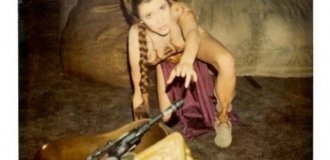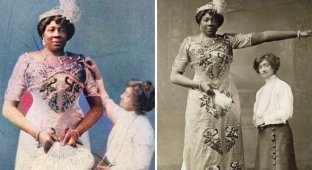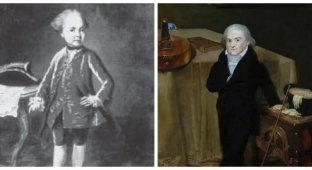When you are small, but live in a world of big people, you have to adapt to the environment. But, unfortunately, not all children grow up. 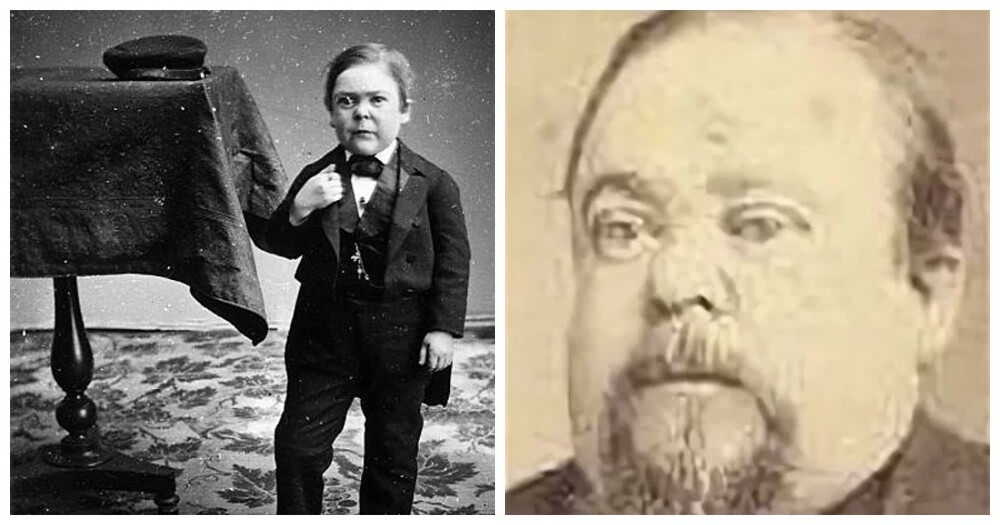
Little Charles Sherwood Stratton was born into a carpenter's family in Bridgeport, Connecticut, on January 4, 1838, and became perhaps the most famous little man in history. 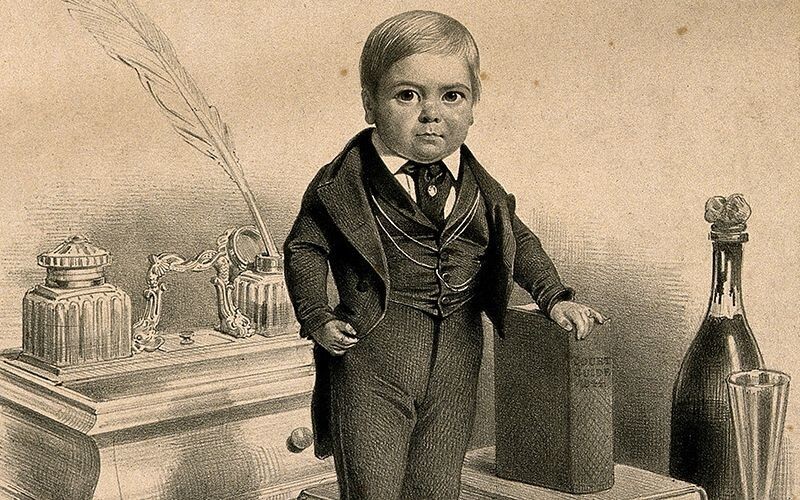
When he was discovered by P. T. Barnum at the age of four, little Charles was only 65 centimeters tall and weighed approximately 7 kilograms. His father, who had long been ashamed of his son's small stature, gladly agreed to his son's month-long trial as an artist in Barnum's New York show. The agreed upon fee was $3, plus room and board. It was a modest financial arrangement, but the elder Stratton was incredibly pleased that his tiny, unpromising son was doing something useful. 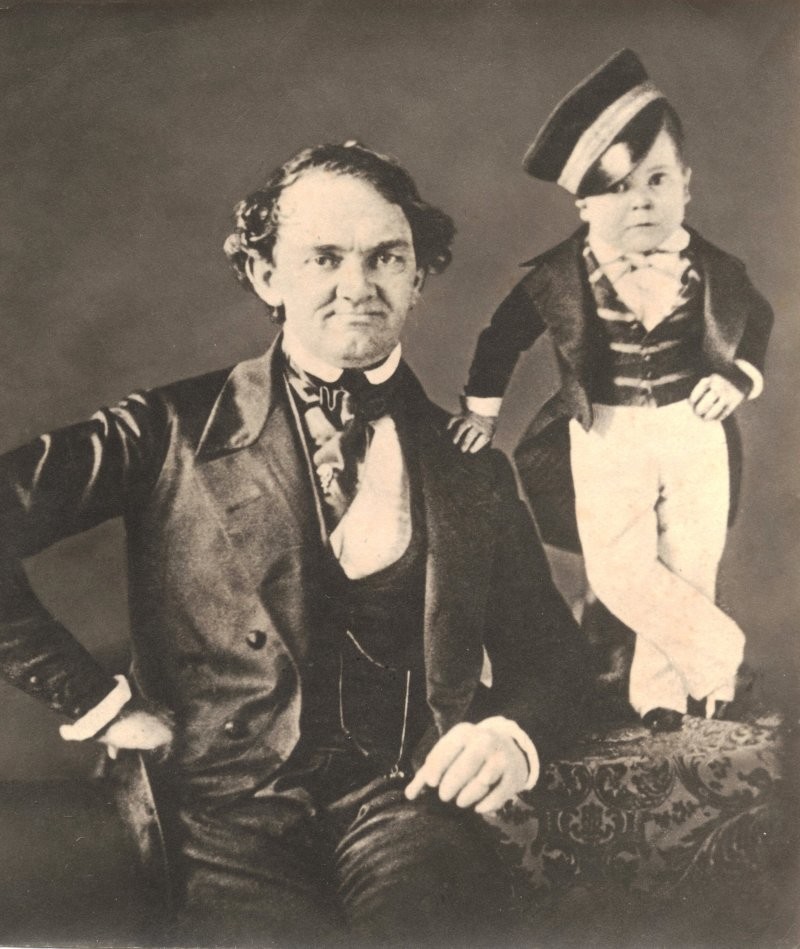
In New York, Barnum renamed his new protégé after Tom Thumb, the hero of the Arthurian legend of Sir Tom, and in homage to the dwarf Sir Jeffrey Hudson, Barnum decided to christen Thumb the General. He was introduced as a native of Europe, and Barnum put a lot of effort into teaching the young prodigy etiquette, dancing, singing, and developing his intellect. Dressed in a military uniform, General Thumb entered the stage and felt so at home there that the audience instantly fell in love with the boy for his charm, jokes and ability to act at ease.
Tom Thumb soon went on a tour of the States, followed by a tour of Europe, where he was ordered to appear before Queen Victoria. He was much loved by the Prince of Wales, the future King Edward VII. The appearance on stage in the costume of Napoleon Bonaparte also captivated the English public. And all this despite the fact that he was only six years old.
Under Barnum's leadership, Thumb became a wealthy young man. By the time of his financial heyday, his closets were filled with beautifully tailored clothes. The dwarf bought a house in a fashionable area of New York and even a small yacht. His popularity was so great that when Barnum himself was facing bankruptcy, Thumb again went on a tour of Europe for his mentor and friend to help him. There the little artist was again invited to perform for the queen. 
On February 10, 1863, Thumb married Lavinia Warren, a young, beautiful dwarf with whom he immediately fell in love. The wedding became front page news and made the cover of Harper's Weekly magazine. The ceremony took place in a packed Grace Church. At the reception, held at the Metropolitan Hotel, the newlyweds stood at the piano and greeted about 2,000 guests. After the reception, the couple was received by President Lincoln at the White House.
After the wedding, the lovers toured Europe and Japan, and Barnum displayed Lavinia's wedding dress in a store window on Fifth Avenue. The excitement around the wedding, both before and after it, brought in a colossal amount of money for both Barnum and Tom. To maintain interest in the couple in subsequent years, they began to use the child. The baby was not Tom and Lavinia's biological child. In each new city, they simply hired a child from the orphanage for a performance. But the public still came to the performances. 
In 1881, the famous midget couple spent their final season with Barnum. By the time Tom was already over forty, his height had reached 70 centimeters. But this did not diminish the interest and recognition of the public. 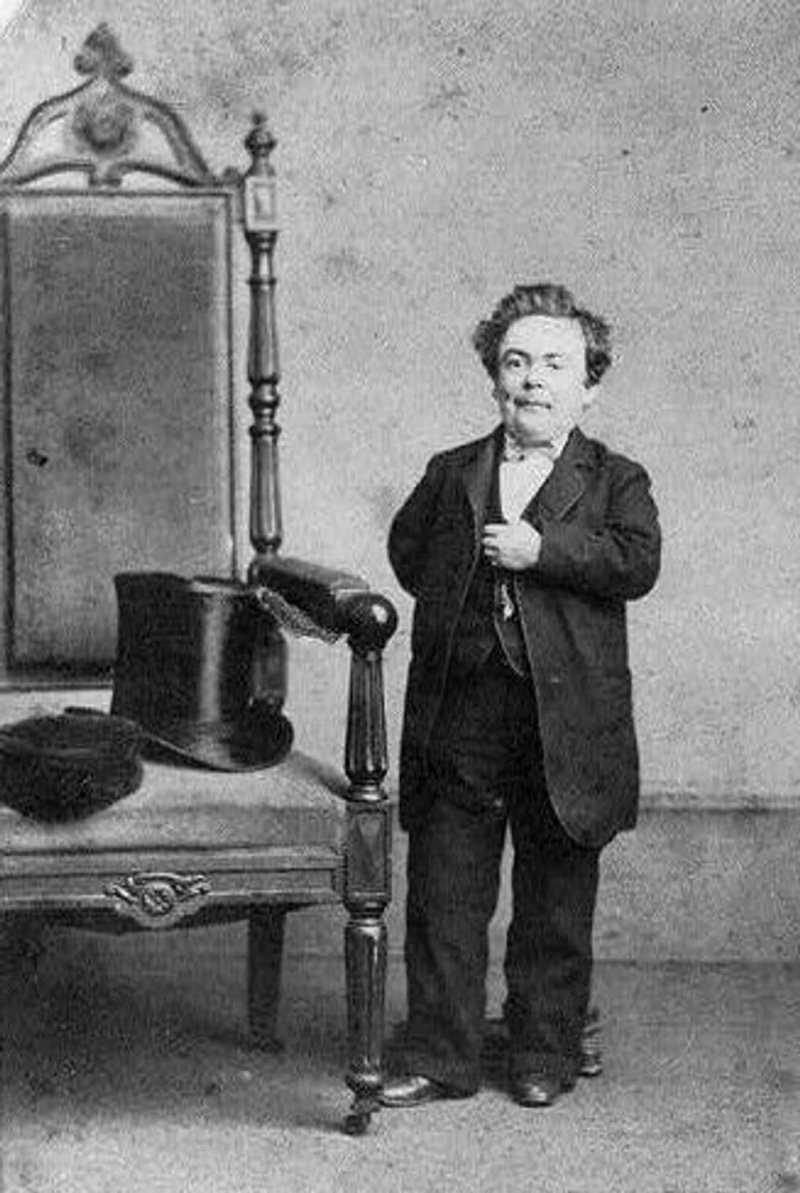
On July 15, 1883, while Lavinia was away on tour, Tom died suddenly of a stroke at his home in Middleboro, Massachusetts. He was only 46 years old. Ten thousand people attended the funeral of the talented dwarf.
Add your comment
You might be interested in:







